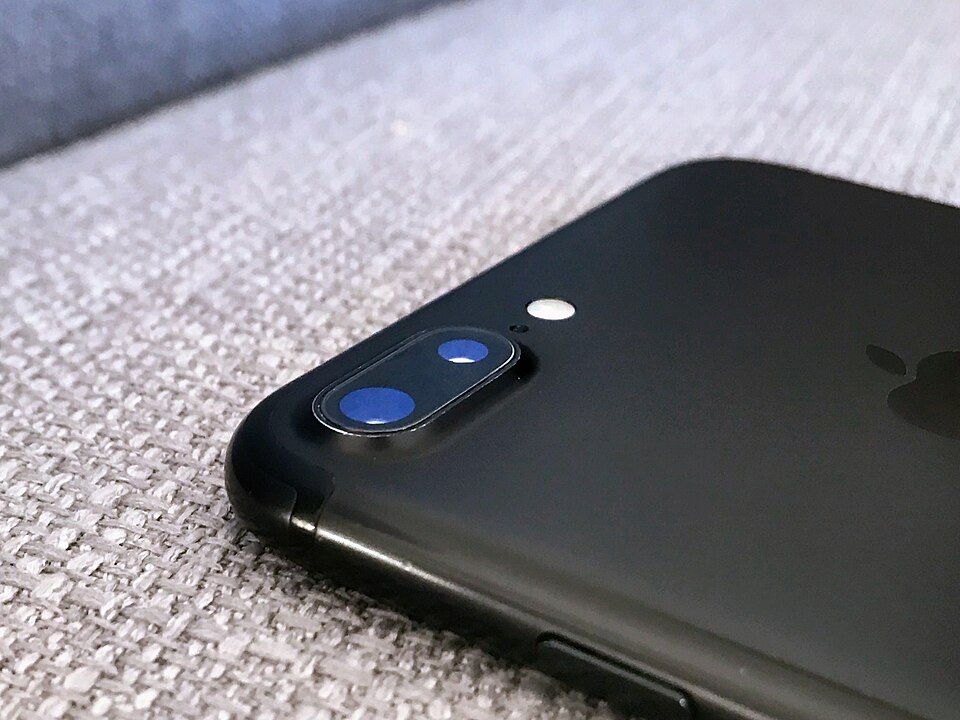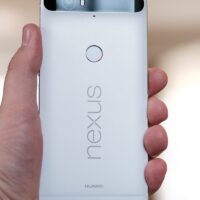
A Deeper Dive into the Apple iPhone 7: Specifications and Features
The Apple iPhone 7, released in the fall of 2016, represented a continuation of Apple’s design language while introducing several pivotal changes. Building upon the success of its predecessors, the iPhone 7 offered enhanced performance, an improved camera system, and for the first time in an iPhone, water and dust resistance. This detailed exploration goes beyond the basic specifications, delving into the nuances of its design, performance, camera capabilities, and the overall user experience it provided.
The physical design of the iPhone 7, while familiar, featured subtle refinements. The antenna lines on the back were repositioned, creating a cleaner aesthetic, particularly on the new Jet Black finish, which offered a high-gloss look achieved through a complex nine-step anodization and polishing process. Alongside Jet Black, the iPhone 7 was also available in Black (a matte finish), Silver, Gold, and Rose Gold. Later in its lifecycle, a (Product)Red special edition was also introduced.
The 4.7-inch Retina IPS LCD display of the iPhone 7 boasted improved brightness and a wider color gamut (P3), resulting in more vibrant and true-to-life colors compared to previous iPhones. The integration of 3D Touch provided a unique way to interact with the device, allowing users to access additional menus and features by applying varying levels of pressure to the screen. The iconic Home button was also redesigned as a solid-state button with Taptic Engine feedback, providing tactile responses that simulated the feel of a click without any actual movement. This change contributed to the phone’s water resistance and improved its durability.
Powering the iPhone 7 was the Apple A10 Fusion chip, a system-on-a-chip (SoC) that featured a quad-core CPU with two high-performance “Hurricane” cores and two energy-efficient “Zephyr” cores. This architecture allowed the iPhone 7 to deliver significantly faster performance than its predecessor while also improving power efficiency. The PowerVR Series7XT Plus six-core GPU provided excellent graphics performance, making the iPhone 7 a capable device for gaming and graphically intensive applications.
The 12MP rear camera of the iPhone 7 featured a wider f/1.8 aperture, allowing it to capture more light, which resulted in improved low-light performance. The inclusion of optical image stabilization (OIS) was a significant upgrade for the 4.7-inch model (previously, OIS was exclusive to the larger Plus models), helping to reduce blur from hand movements in both photos and videos. The camera also featured a quad-LED True Tone flash, which adapted to the color temperature of the environment for more natural-looking flash photography. Video recording capabilities included 4K at 30fps, 1080p at 60fps, and slow-motion video at up to 240fps in 720p.
The 7MP FaceTime HD front camera also saw improvements, with a wider f/2.2 aperture and the ability to capture a broader range of colors. Features like Retina Flash, which used the display to illuminate the subject, helped in taking better selfies in low-light conditions. The front camera could record 1080p HD video at 30fps.
The removal of the 3.5mm headphone jack was a controversial decision but paved the way for a more streamlined design and potentially allowed for more internal space. Apple included Lightning EarPods in the box and offered an adapter for traditional headphones. The iPhone 7 featured stereo speakers for the first time, with one speaker located at the bottom and the other in the earpiece, providing a richer and more immersive audio experience.
Connectivity and Other Features
In terms of connectivity, the iPhone 7 supported a wide range of LTE bands, ensuring compatibility with networks around the globe. It featured dual-band Wi-Fi 802.11 a/b/g/n/ac for fast wireless internet access and Bluetooth 4.2 for connecting to accessories. GPS with A-GPS and GLONASS provided accurate location services. The inclusion of NFC was primarily for Apple Pay, enabling secure contactless payments.
The iPhone 7 was equipped with a suite of sensors, including a front-mounted fingerprint sensor integrated into the Home button for Touch ID, an accelerometer, a gyroscope, a proximity sensor, a compass, and a barometer. Siri, Apple’s virtual assistant, was also a key feature, allowing users to perform tasks using natural language commands and dictation.
Battery Life and Charging
The iPhone 7 housed a 1960 mAh non-removable Li-Ion battery. While the capacity might seem modest by today’s standards, the efficiency of the A10 Fusion chip and iOS optimizations allowed for respectable battery life for typical usage. The device supported fast charging up to 18W, although the standard charger included in the box was usually a 5W adapter. Some third-party chargers could be used to achieve faster charging speeds. While not explicitly stated as Qi wireless charging, some reports and accessories indicated limited wireless charging capabilities through certain methods, though it was not a primary feature advertised by Apple.
iPhone 7 Specifications
For a comprehensive overview, here is an expanded table detailing the iPhone 7’s specifications.
| Category | Specification | Details |
|---|---|---|
| Network | Technology | GSM / CDMA / HSPA / EVDO / LTE |
| Launch | Announced | September 2016 |
| Status | Available. Released September 2016 | |
| Body | Dimensions | 138.3 x 67.1 x 7.1 mm |
| Weight | 138 g | |
| Build | Glass front (Gorilla Glass), aluminum back, aluminum frame | |
| SIM | Nano-SIM | |
| Display | Type | Retina IPS LCD, 625 nits (typ) |
| Size | 4.7 inches | |
| Resolution | 750 x 1334 pixels | |
| Protection | Ion-strengthened glass, oleophobic coating | |
| Platform | OS | iOS 10.0.1, upgradable to iOS 14.4 |
| Chipset | Apple A10 Fusion (16 nm) | |
| CPU | Quad-core 2.34 GHz | |
| GPU | PowerVR Series7XT Plus (six-core graphics) | |
| Memory | Card slot | No |
| Internal | 32GB 2GB RAM, 128GB 2GB RAM | |
| Main Camera | Single | 12 MP, f/1.8, 28mm (wide), 1/3″, PDAF, OIS |
| Features | Quad-LED dual-tone flash, HDR | |
| Video | 4K@30fps, 1080p@30/60/120fps, 720p@240fps | |
| Selfie Camera | Single | 7 MP, f/2.2, 32mm (standard) |
| Features | Face detection, HDR | |
| Video | 1080p@30fps | |
| Sound | Loudspeaker | Yes, with stereo speakers |
| 3.5mm jack | No | |
| Comms | WLAN | Wi-Fi 802.11 a/b/g/n/ac, dual-band, hotspot |
| Bluetooth | 4.2, A2DP, LE | |
| GPS | Yes, with A-GPS, GLONASS | |
| NFC | Yes (Apple Pay only) | |
| Radio | No | |
| USB | Lightning, USB 2.0 | |
| Features | Sensors | Fingerprint (front-mounted), accelerometer, gyro, proximity, compass, barometer |
| Siri | Natural language commands and dictation | |
| Battery | Type | Li-Ion 1960 mAh, non-removable |
| Charging | Fast charging 18W (advertised) | |
| Misc | Colors | Jet Black, Black, Silver, Gold, Rose Gold, Red |
| Models | A1660, A1778, A1779 | |
| SAR | 1.19 W/kg (head), 1.19 W/kg (body) | |
| Price | About 230 EUR (at release) |









